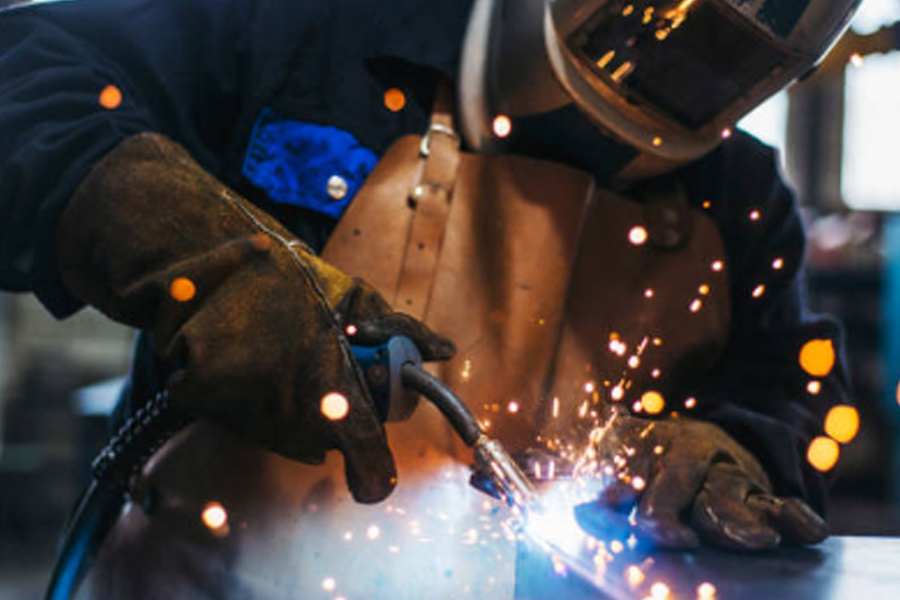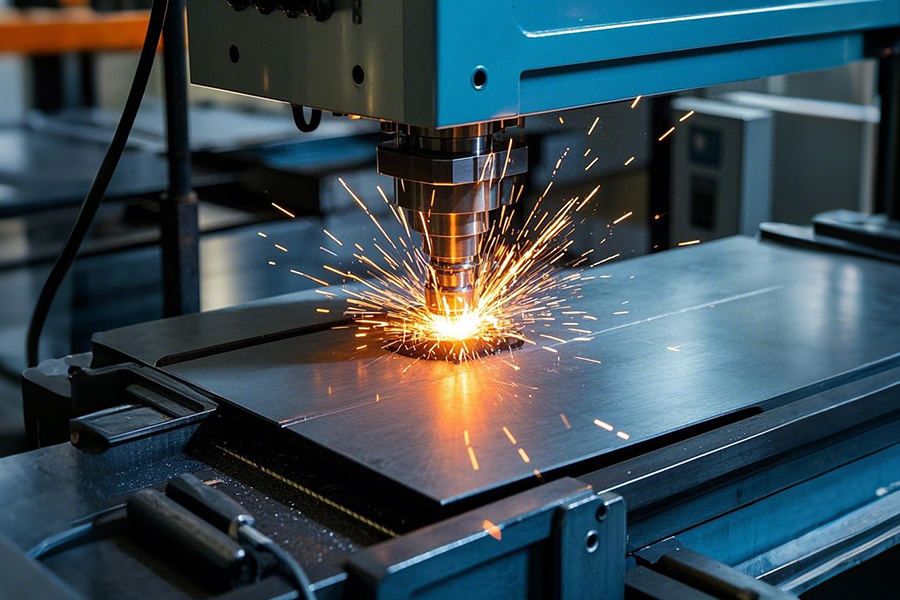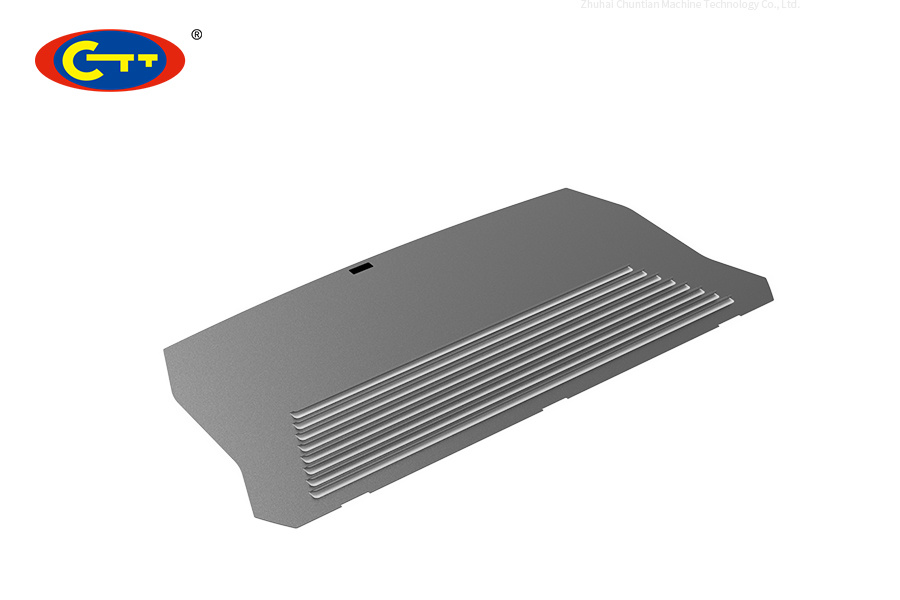What is Process Sheets?
Release time:
2024-12-25
The process table summarizes production processes, parameters, and requirements. It is the basis for production planning and scheduling, ensuring stable product quality, and carrying technology inheritance and innovation. In various industries, from machinery to electronics, production based on the process table improves efficiency and lays the foundation for efficient manufacturing operations.
In the field of industrial production and manufacturing, the process table is an extremely important document. It is like a detailed action guide, directing the entire production process to proceed in an orderly manner.
The process table, also often called a process flow chart or process card, is a systematic summary and presentation of information such as each process step, process parameters, operating requirements, and required equipment and tools in the product manufacturing process. Taking mechanical manufacturing as an example, when producing a precision gear, the process table will clearly list every process from the selection and inspection of raw materials to blank processing, heat treatment, cutting processing, tooth processing, surface treatment, and final inspection of the finished product. In each process, process parameters such as cutting speed, feed rate, and machining allowance are specified in detail, and the operating specifications that operators need to follow are also noted, such as the installation method of the tool, the use of cutting fluid, etc., as well as the machine tools and measuring tools required to complete the process.
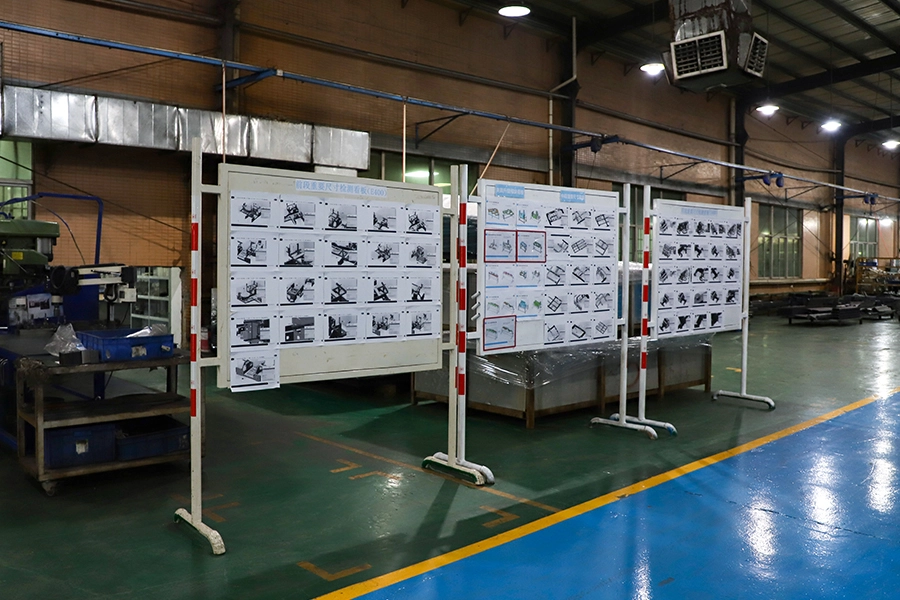
For enterprises, the process table is of great significance in many aspects. First of all, it is the key basis for production planning and scheduling. Through the process table, production managers can clearly understand the time estimate, sequence and required resources of each process, so as to reasonably arrange production tasks, ensure the efficient operation of the production line, avoid delays or conflicts between processes, and improve overall production efficiency. For example, in the assembly workshop of an automobile manufacturing company, the process table details the assembly sequence and time nodes of each component, so that a large number of components can be assembled into a complete car in an orderly manner on the assembly line.
Secondly, the process table is an important guarantee for ensuring product quality. Accurate process parameters and operating requirements can effectively reduce quality fluctuations caused by human factors. Workers operate according to the process table to ensure that each product is produced under the same standards, thereby improving the stability and consistency of product quality. In the electronics manufacturing industry, for the chip packaging process, the temperature, pressure, time and other parameters strictly specified in the process table directly affect the performance and reliability of the chip, and any slight deviation may cause the chip to fail.
Furthermore, the process table is also a carrier of enterprise technology inheritance and innovation. New employees can quickly familiarize themselves with the production process and technical requirements of the product by learning the process table, shorten the training cycle, and get started as soon as possible. At the same time, in the process of process improvement and innovation, enterprises will also continuously update and improve the process table, record the development of technology, and provide valuable experience accumulation for subsequent research and development and production.
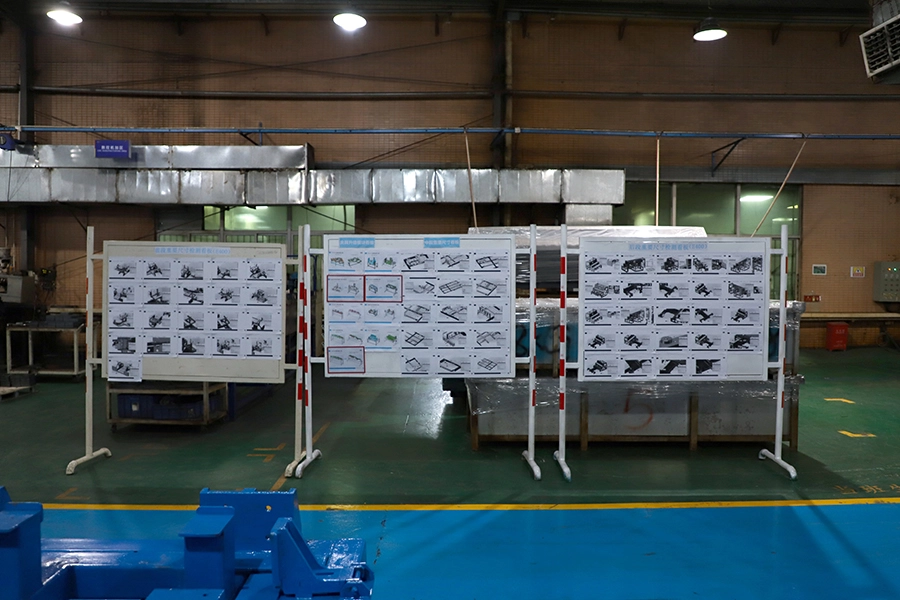
The process table plays an indispensable role in industrial production. It runs through the entire life cycle of the product from design to finished product. Through the standardization and standardization of production processes, it improves production efficiency, ensures product quality, and promotes technology inheritance and innovation. It is one of the important cornerstones of efficient and stable operation of modern manufacturing industry.
Key Words





